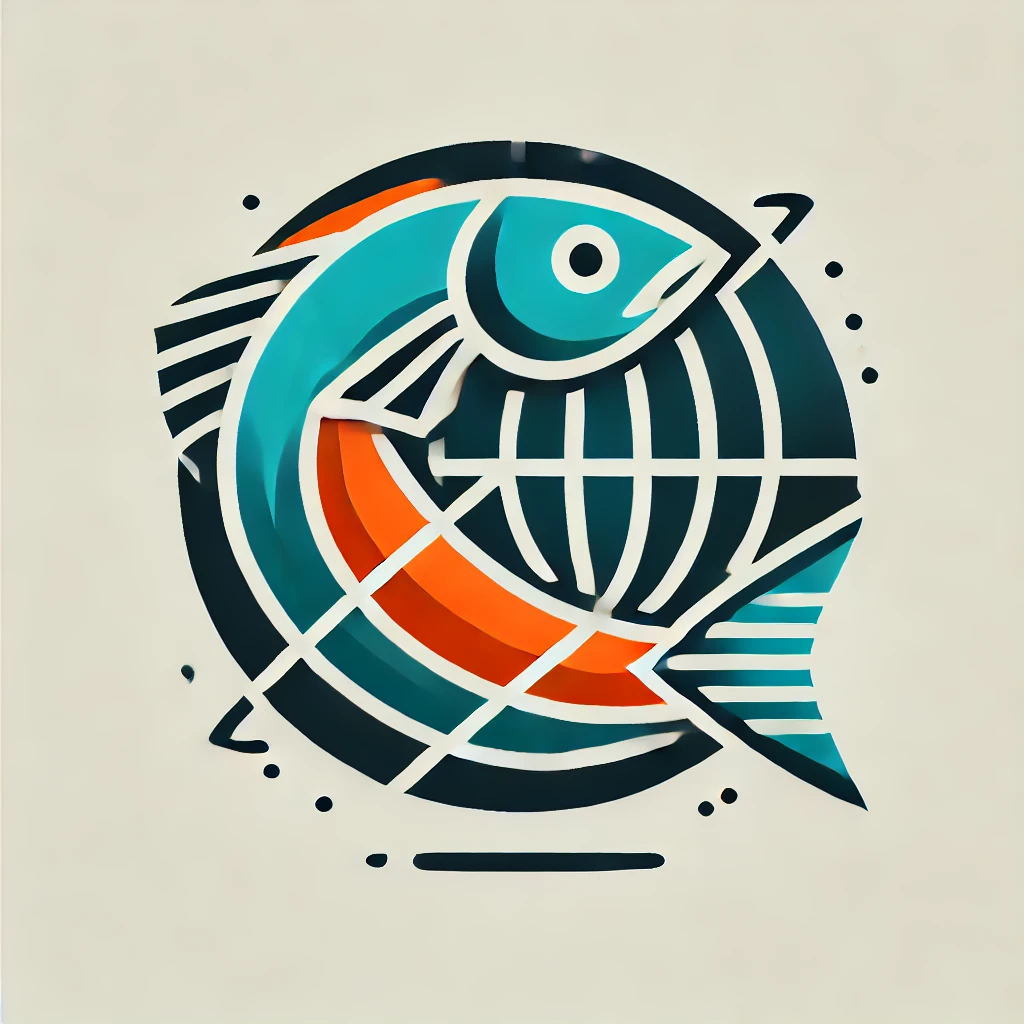Fishing for Gilthead Bream in Spain: A Prime Destination for Anglers
The Gilthead bream (Sparus aurata) is a highly prized saltwater fish species known for its fighting spirit, delicious taste, and abundance along the Mediterranean and Atlantic coasts. This silvery fish, easily recognized by the golden stripe between its eyes, is a favorite among recreational and professional anglers alike. In Spain, it occupies a special place in both local cuisine and sport fishing culture. Thanks to its widespread presence in coastal waters, Spain offers exceptional opportunities for those looking to catch this sought-after species.
Native to the eastern Atlantic Ocean and the Mediterranean Sea, the Gilthead bream thrives in the warm, shallow waters found along Spain's extensive coastline. It frequents bays, estuaries, and seagrass beds where it feeds on crustaceans, mollusks, and small invertebrates. The species is particularly abundant in the Balearic Islands, Costa del Sol, Costa Brava, and the Gulf of Cádiz. These regions not only provide ideal habitats for the fish but also offer well-developed infrastructure for fishing tourism, making them attractive destinations for international anglers.
Popular Fishing Spots for Gilthead Bream in Spain
One of the top spots to fish for Gilthead bream in Spain is the Ebro Delta, located in Catalonia. The delta's nutrient-rich waters and diverse ecosystems attract large populations of this species, particularly during spring and autumn. Shore fishing and small-boat angling are both common methods here, and local guides often offer day trips tailored specifically for catching bream. Similarly, the Costa Blanca and Costa del Sol provide excellent conditions, especially near rocky outcrops and artificial reefs where these fish often forage.
The Balearic Islands, especially Mallorca and Menorca, are also well-known among anglers targeting Gilthead bream. The islands offer a mix of natural beauty and productive fishing grounds. Fishing charters are widely available and cater to all skill levels, from beginners to seasoned sports fishermen. The Mediterranean climate ensures that bream fishing can be enjoyed nearly year-round, with peak seasons usually occurring in the cooler months when fish move closer to shore. This makes Spain a reliable destination for anglers regardless of the time of year.
Techniques and Equipment for Targeting Gilthead Bream
Catching Gilthead bream requires finesse and the right setup. Light to medium spinning gear is typically recommended, as the species is known for its cautious nature and strong resistance once hooked. Fluorocarbon leaders, small hooks, and a stealthy approach can significantly increase success rates. Baits such as shrimp, mussels, and razor clams are particularly effective, as they closely mimic the bream's natural diet. In some areas, anglers also use dough bait or crab-based pastes to great effect.
In addition to bait fishing, more experienced anglers might try lure fishing, especially in deeper waters or during boat trips. Small jigs and soft plastic lures that resemble marine invertebrates can trigger strikes from curious or territorial fish. It is essential to remain patient, as Gilthead bream can be selective feeders. Success often depends on adjusting techniques to local conditions, including water clarity, tide, and time of day. Early morning and late afternoon are typically the most productive periods for targeting this species.
Legal Considerations and Sustainability
Spain has specific regulations in place to protect marine life, and these include size limits and bag limits for Gilthead bream. It is crucial for visiting anglers to familiarize themselves with local fishing laws, which can vary by region. For example, recreational fishers may need licenses that can be obtained online or through local government offices. Catch-and-release practices are encouraged, especially during spawning periods, to help preserve wild populations and support long-term sustainability.
Fish farming has also become a significant factor in the availability of Gilthead bream, particularly in markets and restaurants. However, wild-caught specimens are still preferred by many anglers for their stronger fight and more nuanced flavor. The distinction between farmed and wild fish can usually be identified by the coloration and fin condition of the catch. While aquaculture relieves some pressure on wild stocks, responsible fishing practices remain essential to maintaining healthy coastal ecosystems.
Cultural and Culinary Importance
In addition to being a top sport fish, the Gilthead bream holds a prominent place in Spanish gastronomy. Known locally as "dorada," it is featured in many traditional dishes, often grilled whole and served with olive oil, garlic, and herbs. Coastal towns frequently host festivals and seafood markets where this fish is celebrated. For anglers, this offers the unique experience of enjoying their catch as part of an authentic regional meal, further enriching their travel and fishing adventure.
The connection between fishing and local culture adds depth to any angling trip to Spain. Whether you are casting from a beach, exploring coastal villages, or dining at a seaside taverna, the presence of the Gilthead bream is felt throughout. This blend of sport, nature, and tradition is what makes Spain a standout destination for fishing tourism. For those who travel in search of memorable catches and rich experiences, targeting Gilthead bream in Spain is a rewarding and worthwhile endeavor.

